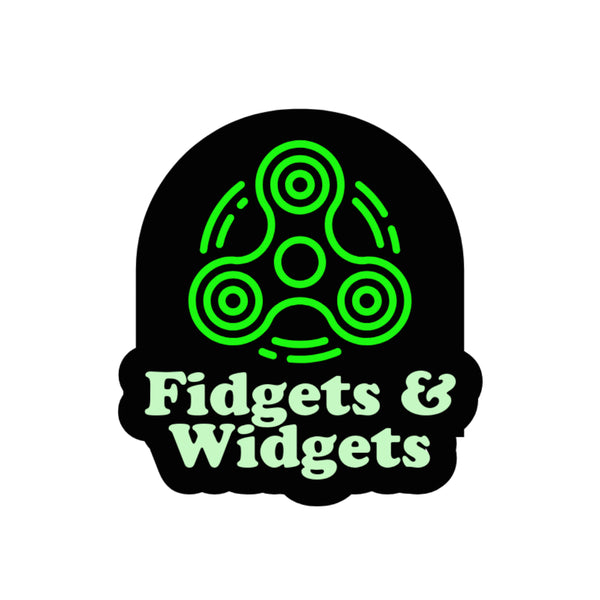
Cognitive Focus Devices and Calming the Nervous System: What Science Says About Fidgeting and Stress
Share
Whether you're facing an exam, preparing for a presentation, or simply managing the everyday load of life, calming your nervous system can be a real challenge. For many people, both neurodivergent and neurotypical, fidgeting is not just a habit. It is a deeply personal way to self-soothe and regain a sense of control. Cognitive Focus Devices (CFDs) have become a valuable tool for this, helping users stay grounded and composed in stressful moments.
There is growing evidence that fidgeting serves an important function in emotional regulation. Research has shown that physical actions like tapping, twisting, or stroking a small object can help to divert excess energy and reduce feelings of anxiety. According to a 2016 study published in Cognitive Research: Principles and Implications, participants who were allowed to use small objects during demanding tasks reported lower stress levels and higher focus compared to those who were not (Quinn & Taylor, 2016).
This effect is linked to the autonomic nervous system. When we are anxious, the sympathetic branch is activated; the so-called fight or flight response, which raises the heart rate and makes it harder to think clearly. Gentle, repetitive movement can signal safety to the brain and stimulate the parasympathetic nervous system instead. This triggers a rest-and-digest response and helps to reduce cortisol levels over time (Porges, 2011).
Dr Stephen Porges, who developed Polyvagal Theory, explains that sensory-based self-regulation tools such as fidget items can help the body shift from hypervigilance into a calmer, more connected state. This is especially important for individuals with heightened sensory processing, such as those with autism, ADHD, or PTSD.
In addition to supporting emotional regulation, fidgeting can also improve cognitive performance. A 2012 study found that students with ADHD who engaged in movement during learning tasks performed better on working memory tests (Sarver et al., 2012). The same principles apply to anxiety; physical engagement with an object can anchor the mind, reduce intrusive thoughts, and increase task endurance.
CFDs are particularly effective because they offer sensory variation, portability, and discretion. Whether textured, kinetic, or pressure-based, they can be tailored to suit individual needs and preferences. Their simple presence can provide reassurance, much like a comfort item, but with the added bonus of purposeful stimulation.
In short, using a CFD to calm nerves is not a gimmick. It is a practice grounded in neuroscience and backed by real-life experience. At Fidgets & Widgets, every product is designed with these principles in mind, combining sensory engagement with subtlety and style.
So next time your nerves take over, do not just power through. Reach for your fidget, and let your body guide your brain back to calm.
Sources:
-
Quinn, P. C., & Taylor, J. L. (2016). Fidgeting as a self-regulatory mechanism: How movement helps manage cognitive load. Cognitive Research: Principles and Implications, 1(1), 1–10.
-
Porges, S. W. (2011). The Polyvagal Theory: Neurophysiological Foundations of Emotions, Attachment, Communication, and Self-regulation. W. W. Norton & Company.
-
Sarver, D. E., Rapport, M. D., Kofler, M. J., Raiker, J. S., & Friedman, L. M. (2012). Hyperactivity in Attention-Deficit/Hyperactivity Disorder (ADHD): Impairing deficit or compensatory behaviour? Journal of Abnormal Child Psychology, 40(4), 595–607.
